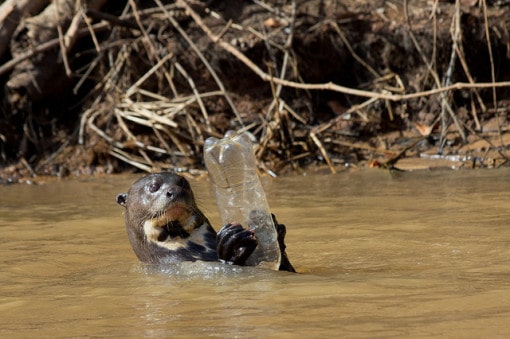
Environmental and health hazard ranking and assessment of plastic polymers based on chemical composition

The use of plastics continues to rise in our daily lives due to its convenience and cheap price. But the cost that is not obvious to many is the environmental and health impacts they are leaving behind.
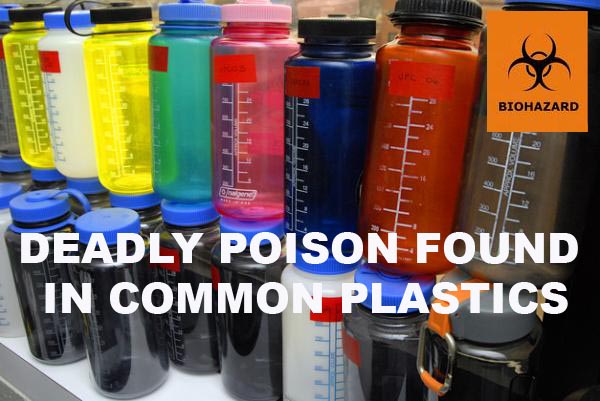
There a quite a few people who buy plastic water/drink bottles and then reuse them over and over again. Reusing the bottles in that fashion is very bad for your health.

Read, Learn, and Know about Water at All About Water.org!
An extensive list of cool water bottles for Training, the Office, the gym, Home, and Outdoors in 2018. Simply the best water bottles there is.

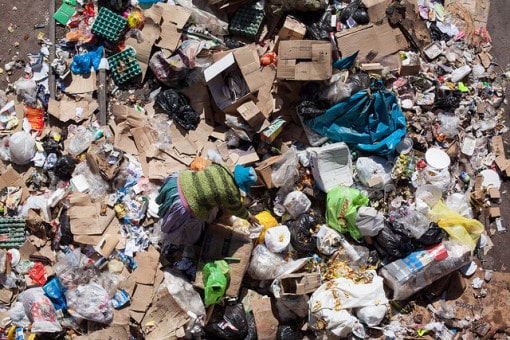

The bottled water industry created the greatest deception since the tobacco industry in the 1950’s. Similar to how the tobacco industry spent millions on “false” advertising, the bottled water industry spends billions each year to make you think you need their “pure” water.
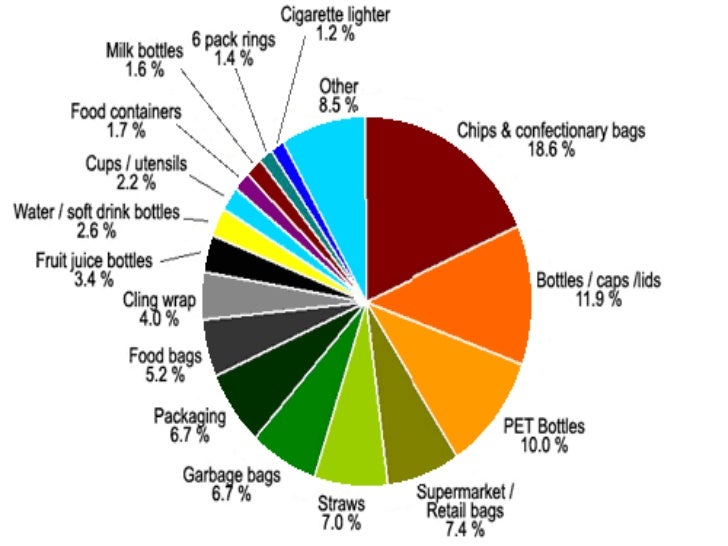
Types of plastic debris. There are three major forms of plastic that contribute to plastic pollution: microplastics as well as mega- and macro-plastics. Mega- and micro plastics have accumulated in highest densities in the Northern Hemisphere, concentrated around urban centers and water fronts.
A team of Japanese scientists has found a species of bacteria that eats the type of plastic found in most disposable water bottles.
Shoppers worldwide are using approximately 500 billion single-use plastic bags per year. This translates to about a million bags every minute across the globe, or 150 bags a year for every person on earth.
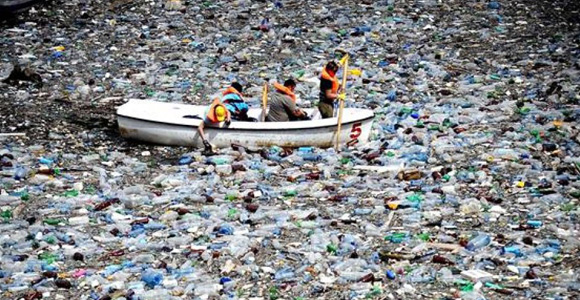
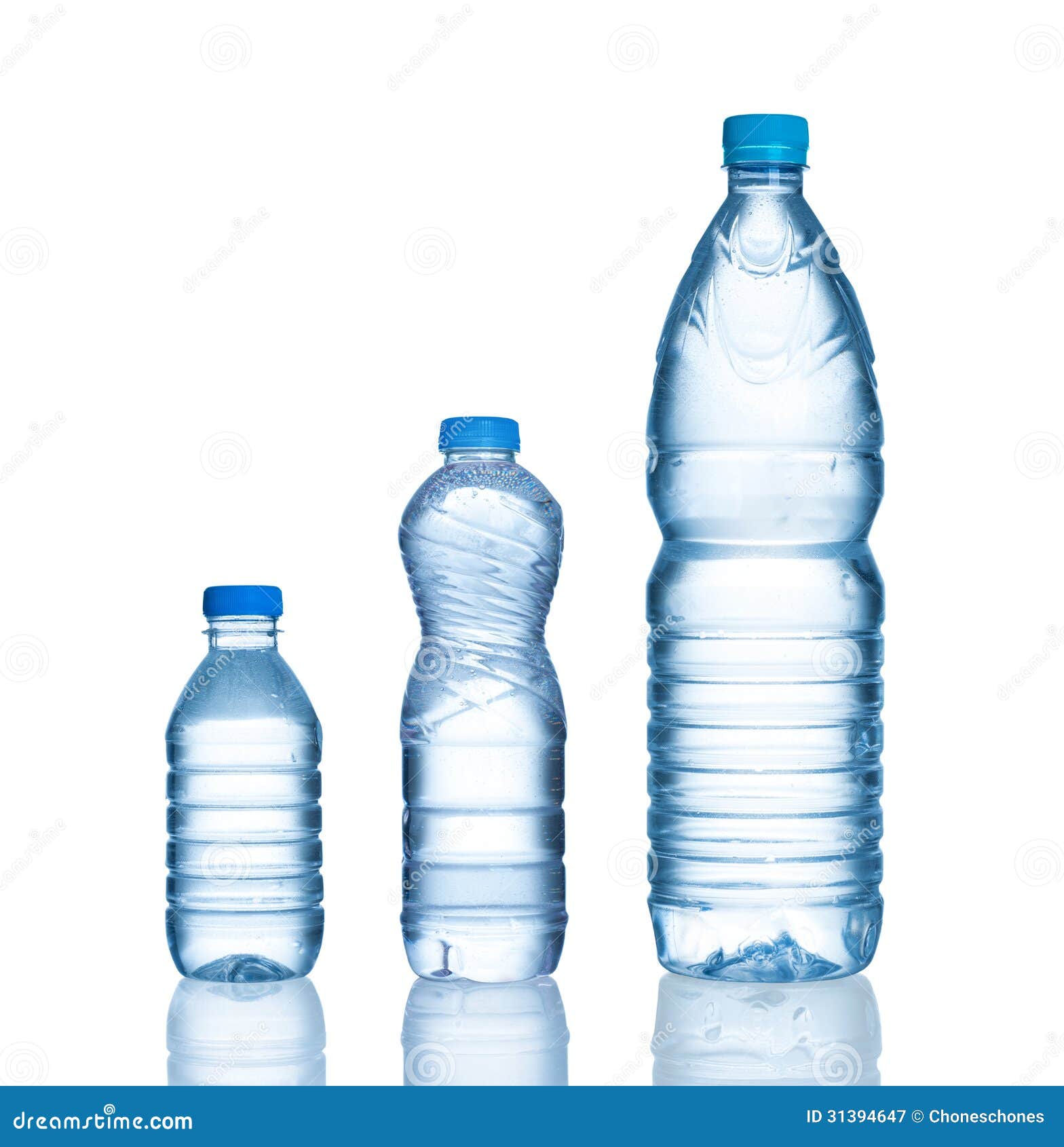
plastic bottles that comes out is truly amazing. Some simple estimates can show why. Consider a big city of 3 million people. If one person in 1000 buys a drink bottle and drops it as litter a week, that makes for 3000 plastic bottles lying around as litter or washing down a waterway every week.